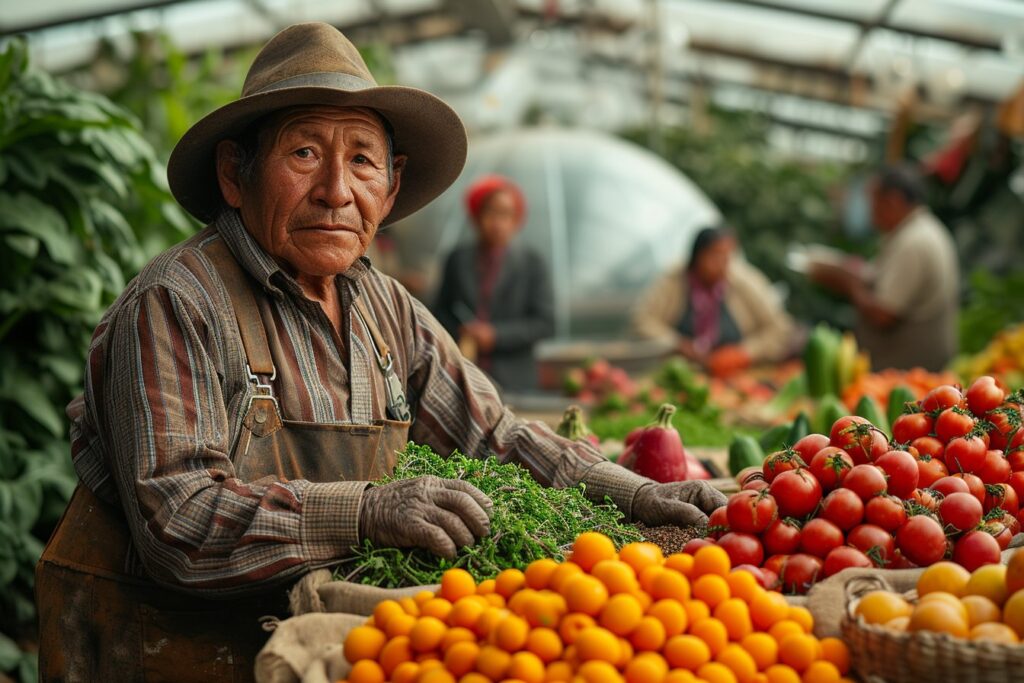The Alarming Increasing Cancer Cases Demands Better Services and Financing
Audit findings from the International Agency for Research on Cancer (IARC), a specialized cancer agency of the World Health Organization (WHO), revealed that the global cancer burden is on the rise, emphasizing the urgent need for improvements in services and financing of priority cancer and palliative care. Ahead of World Cancer Day, data was published showing that many countries are not adequately funding these essential services as part of universal health coverage.
The estimates exposed by IARC illustrated that in 2022 alone, there were approximately 20 million new cancer cases and 9.7 million deaths worldwide. Figures show that one in five people develop cancer in their lifetime, with around one in nine men and one in twelve women dying from the disease.
Stark Inequalities Revealed in Universal Health Coverage and Cancer Management
According to a WHO survey on universal health coverage and cancer management, only 39% of participating countries covered basic cancer management within their core health services for all citizens. The situation was even worse for palliative care services, where just 28% of the surveyed countries included them in their universal health coverages.
In 2022, lung, breast, and colorectal cancers were the three major types of cancers reported globally. Lung cancer emerged as the leading cause of death, followed by colorectal cancer, liver cancer, breast cancer, and stomach cancer. Among women, breast cancer was the most commonly diagnosed, while lung cancer topped the list of common diagnoses among men. Prostate and colorectal cancers also predominantly affected men, while lung and colorectal cancers were second and third most common among women both in terms of new cases and deaths.
Breast Cancer: High Mortalities In Sub-Saharan Africa
While breast cancer ranks eighth globally as a commonly occurring type, it ranked ninth as the leading cause of death. The prevalence was especially high in sub-Saharan Africa, where it became the most common type among women. Disparities exist between countries with high Human Development Index (HDI), where breast cancer is more prevalent but has a lower mortality rate, compared to those with low HDI where access to quality treatment is limited and late diagnosis contributes to higher mortality rates.
The Growing Urgency for Financial Protection in Low-Income Countries
The WHO survey shed light on the major inequalities and lack of financial protection for global populations when accessing basic care for managing cancers. These disparities are primarily evident within low-income countries, which urgently need investments to narrow the gaps in service provision.
- Population aging;
- Growth;
- Changes in risk factors associated with socioeconomic development.
Dr Freddie Bray, Head of the Cancer Surveillance Branch at IARC,
said that those with fewer resources will inevitably bear the brunt of this burden. Despite progress in early detection and treatment strategies, significant disparities in outcomes not only exist between high- and low-income regions but also within individual countries themselves.
Looking Ahead: Reducing the Global Cancer Burden by 2050
With the projected number of new cancer cases estimated to reach over 35 million annually by 2050, an increase of 77% from the 2022 figures, addressing these disparities is becoming increasingly crucial. A combination of several factors contributes to this surge in cases:
Swift action is required to invest in strengthening healthcare systems, especially those of low-income countries, and ensuring universal access to quality cancer care for all. Making early diagnosis and effective treatment options available worldwide will play a crucial role in curbing the global rise in cancer cases and mortalities while narrowing health gaps between countries.





